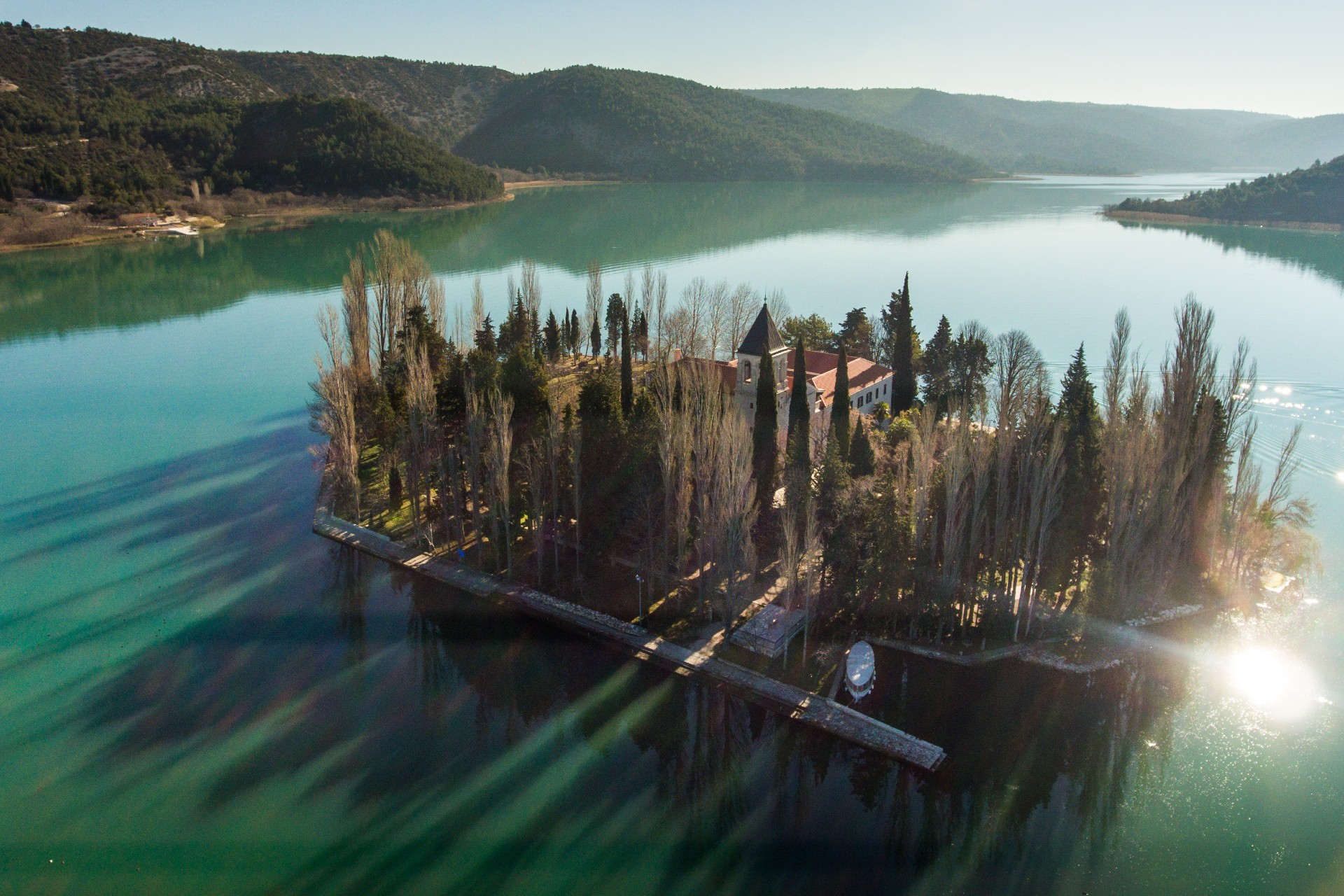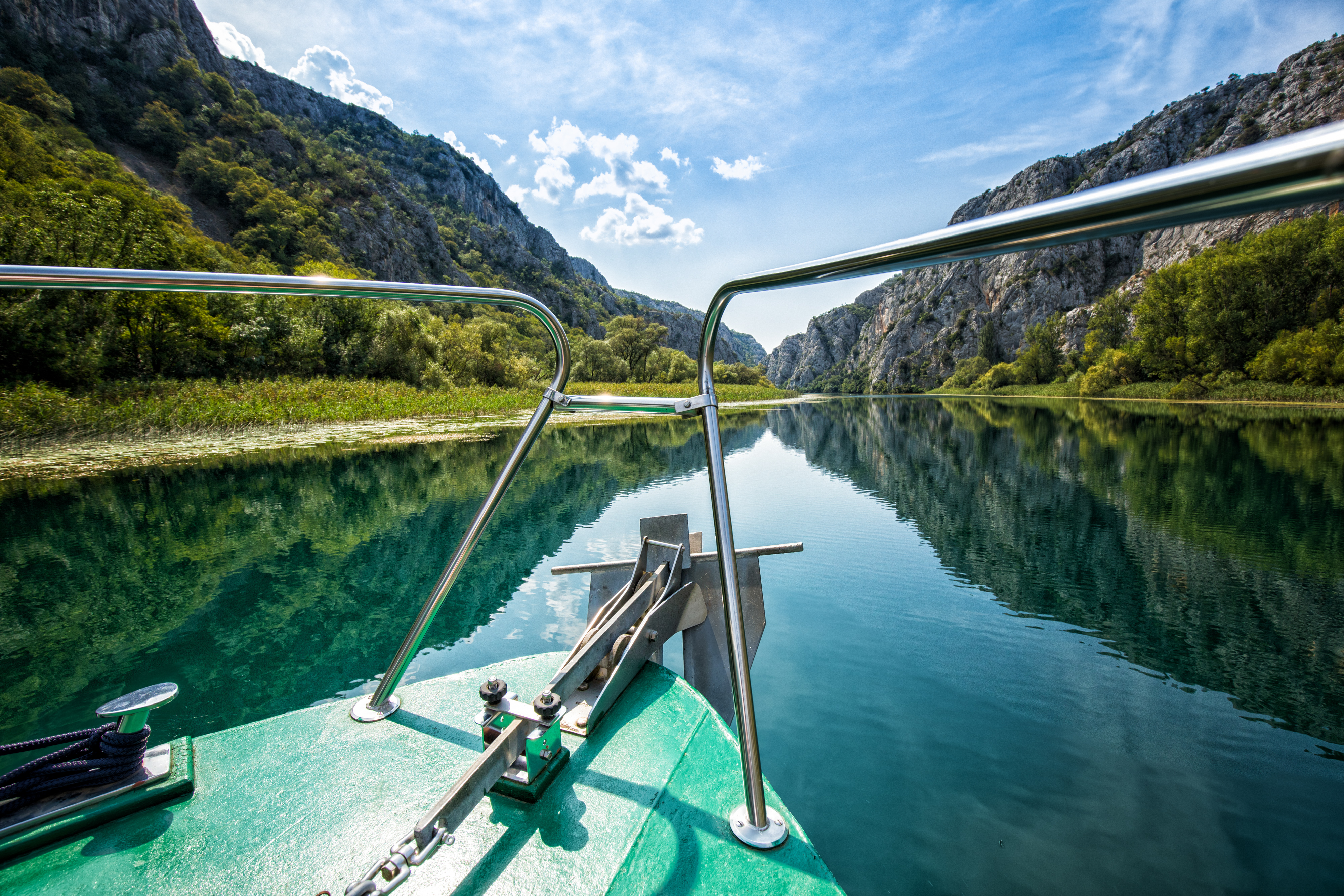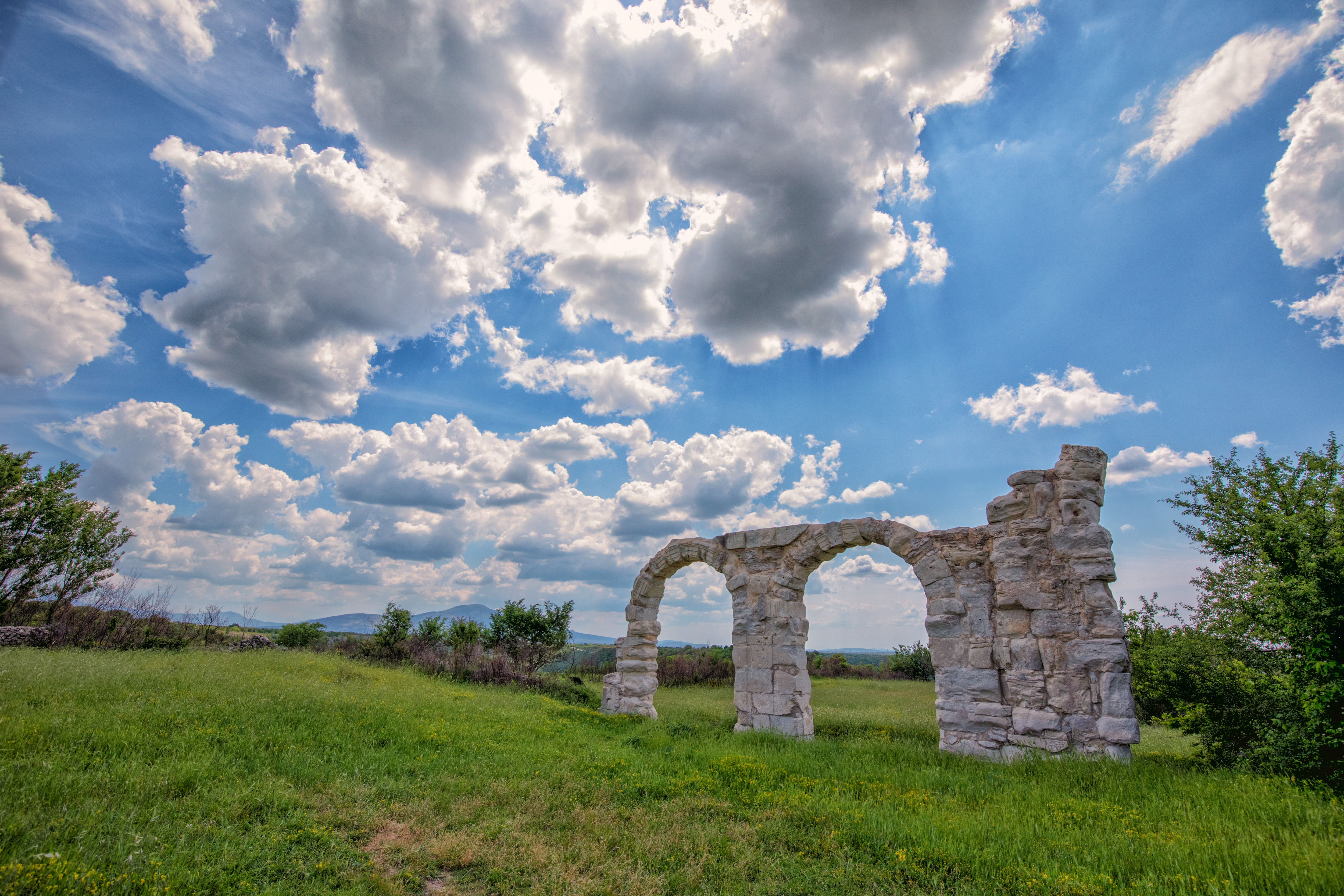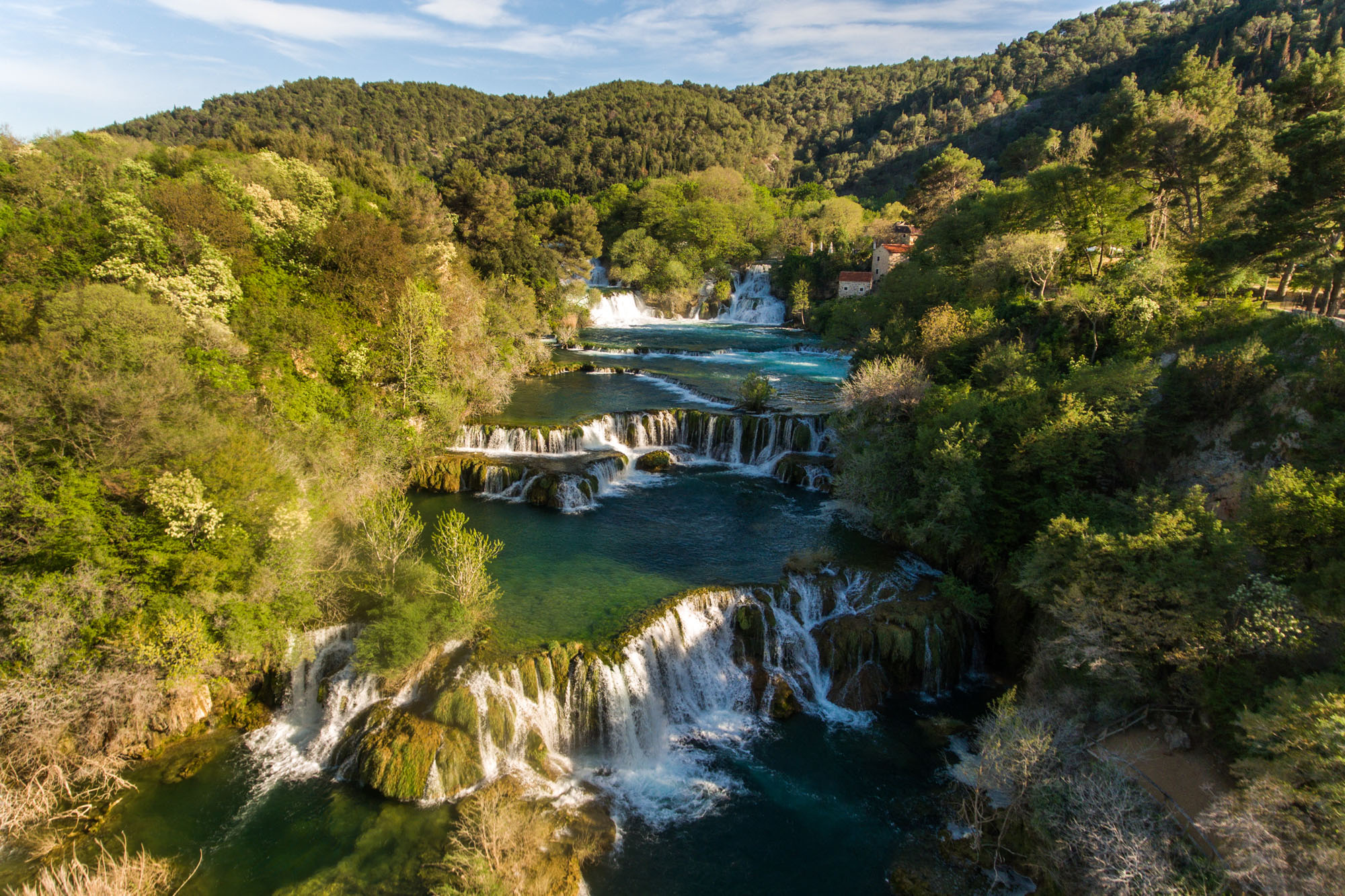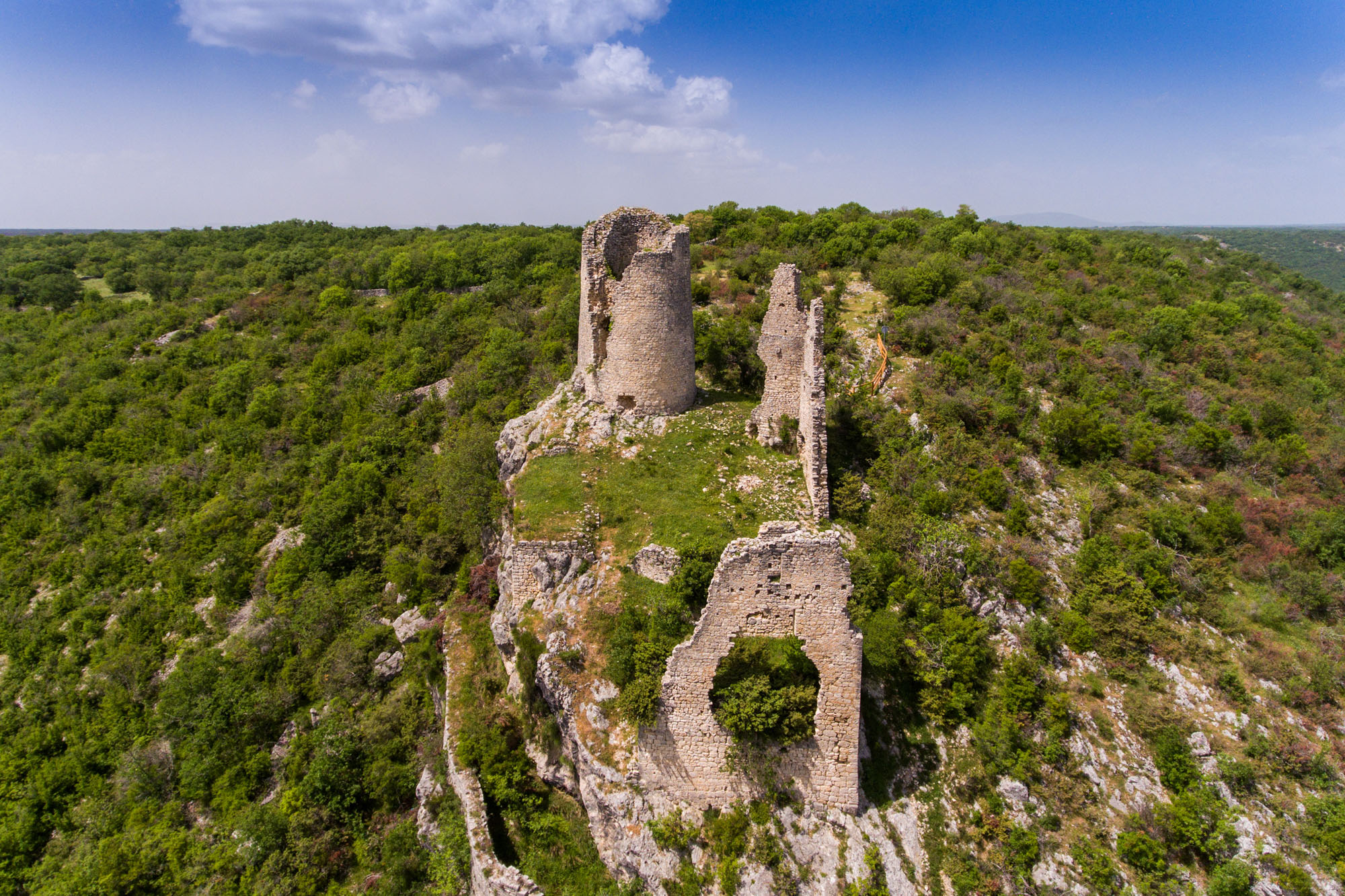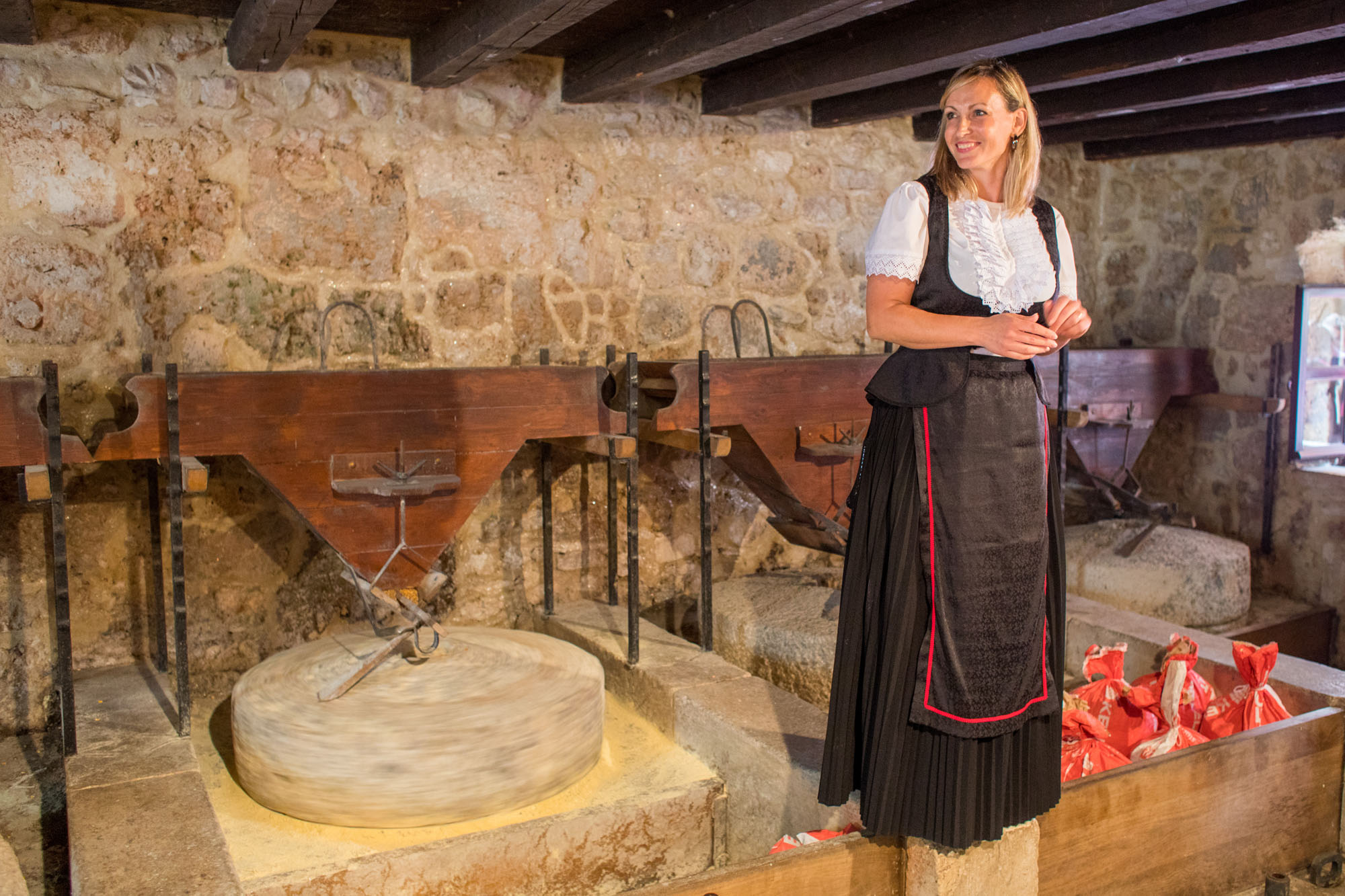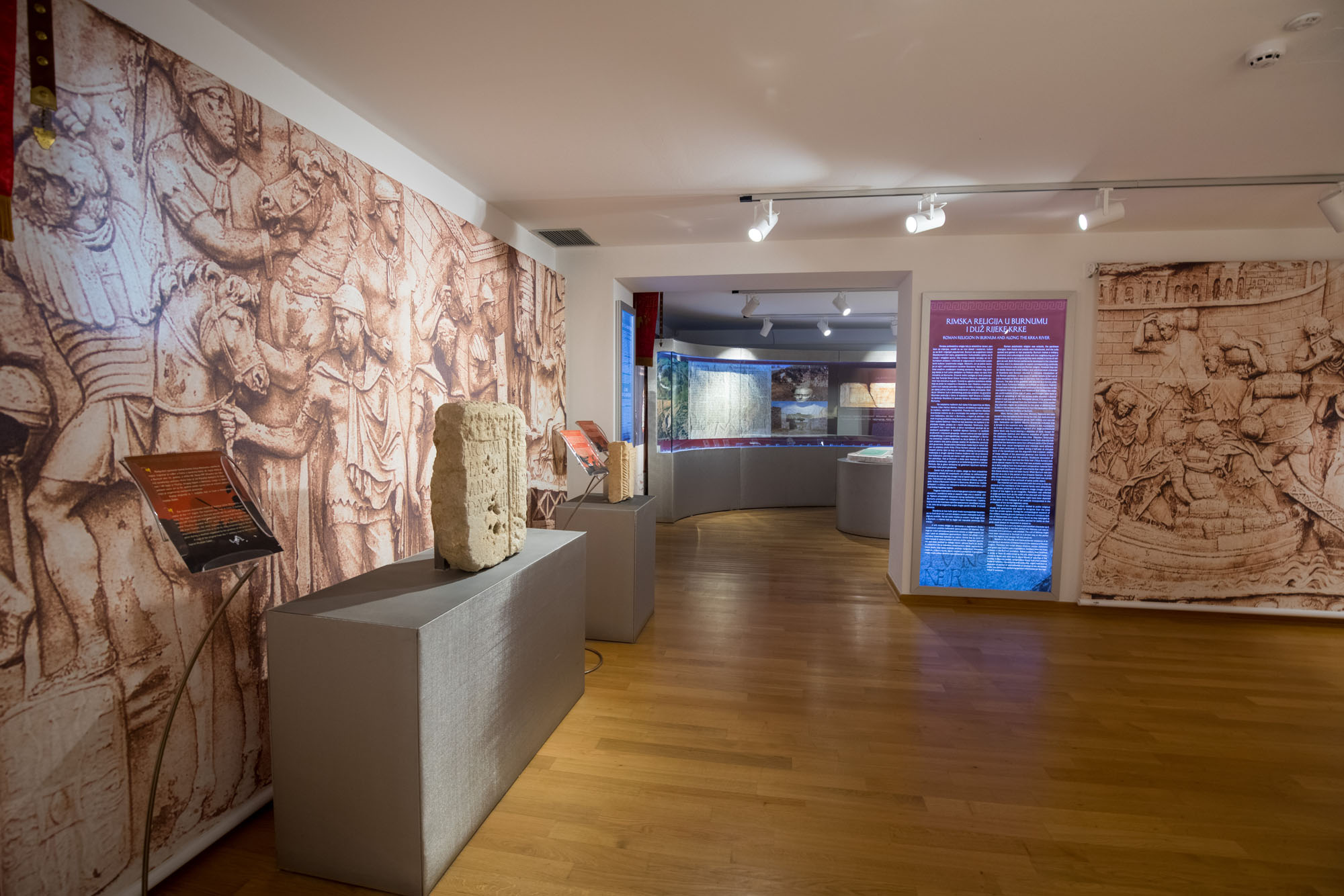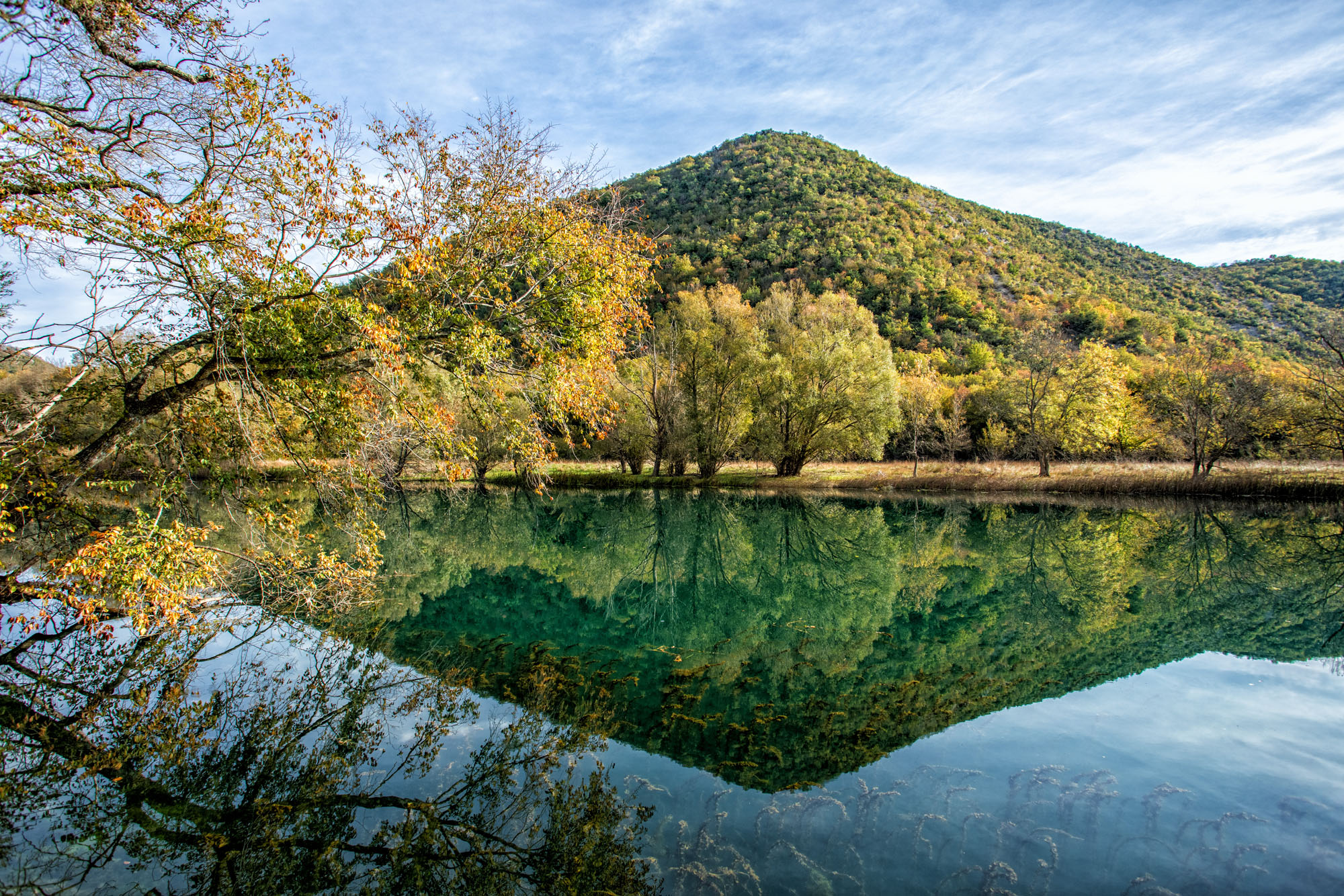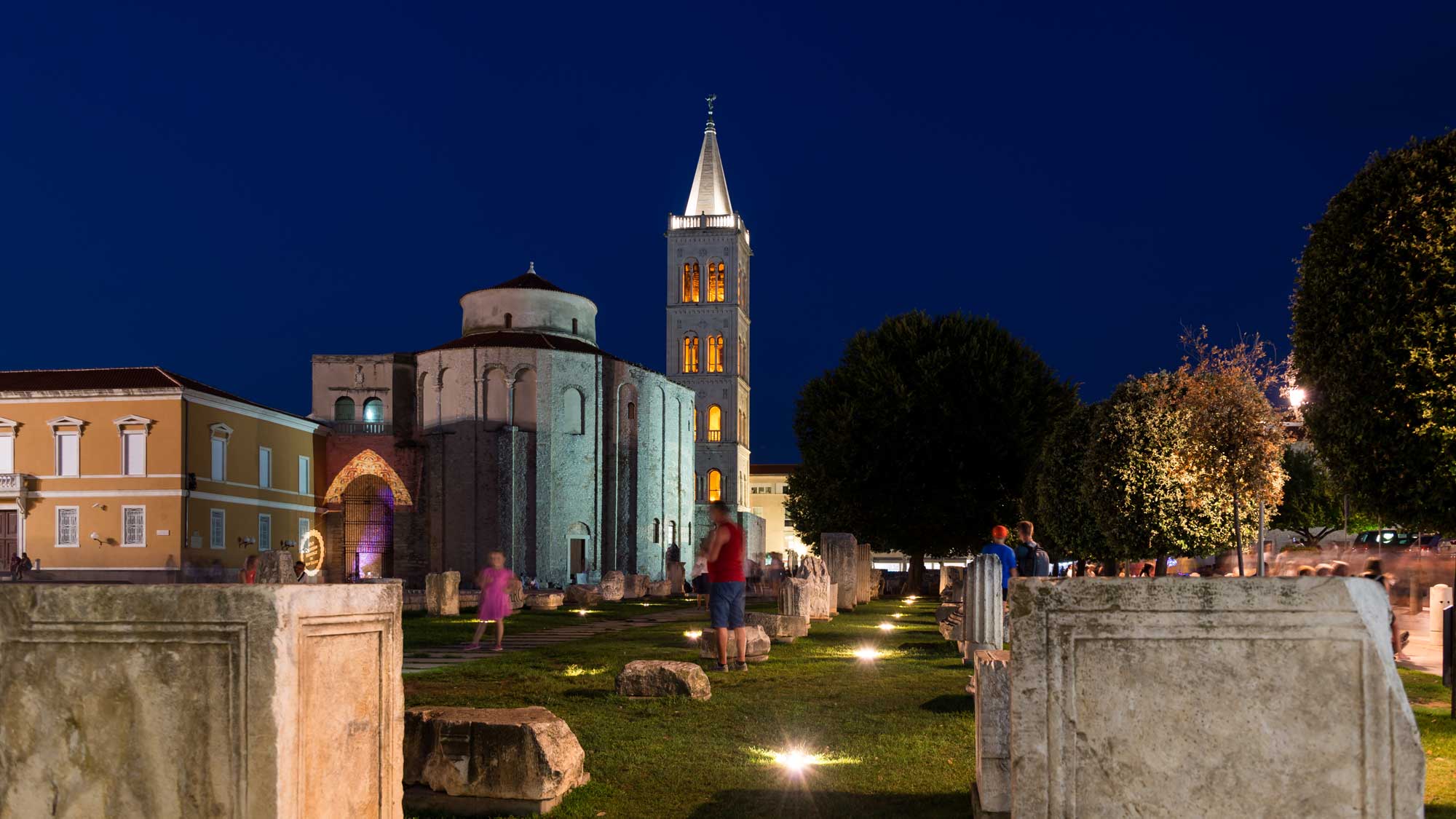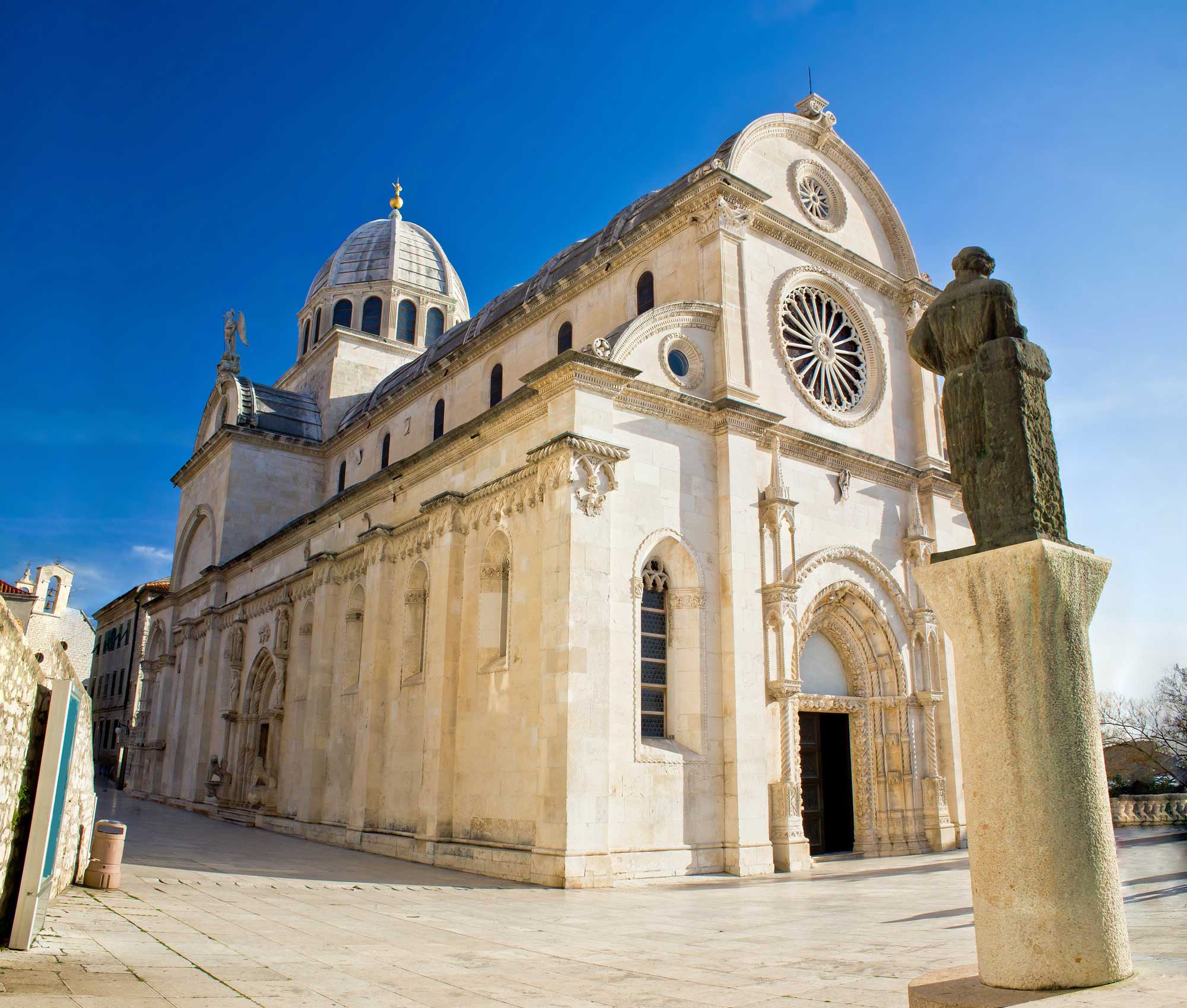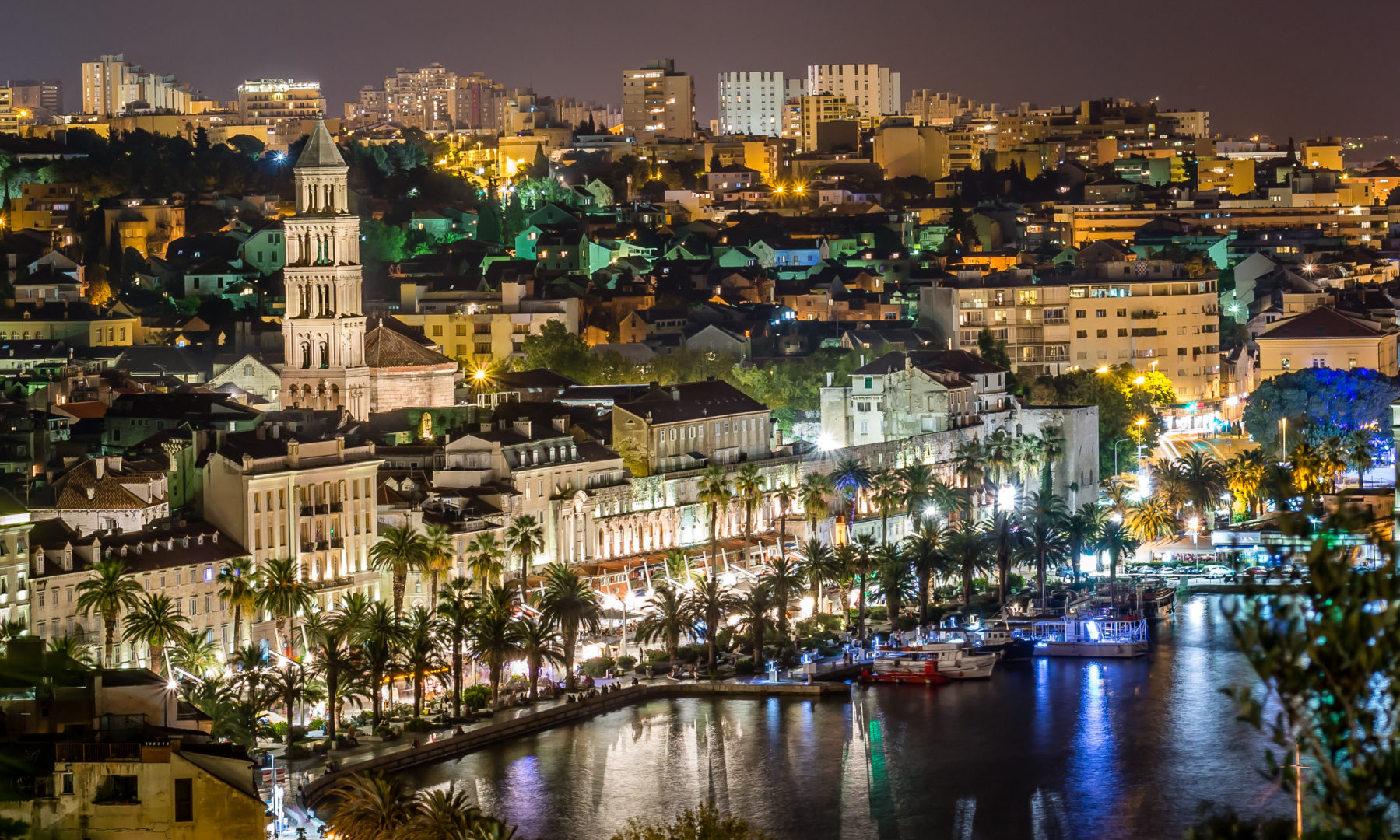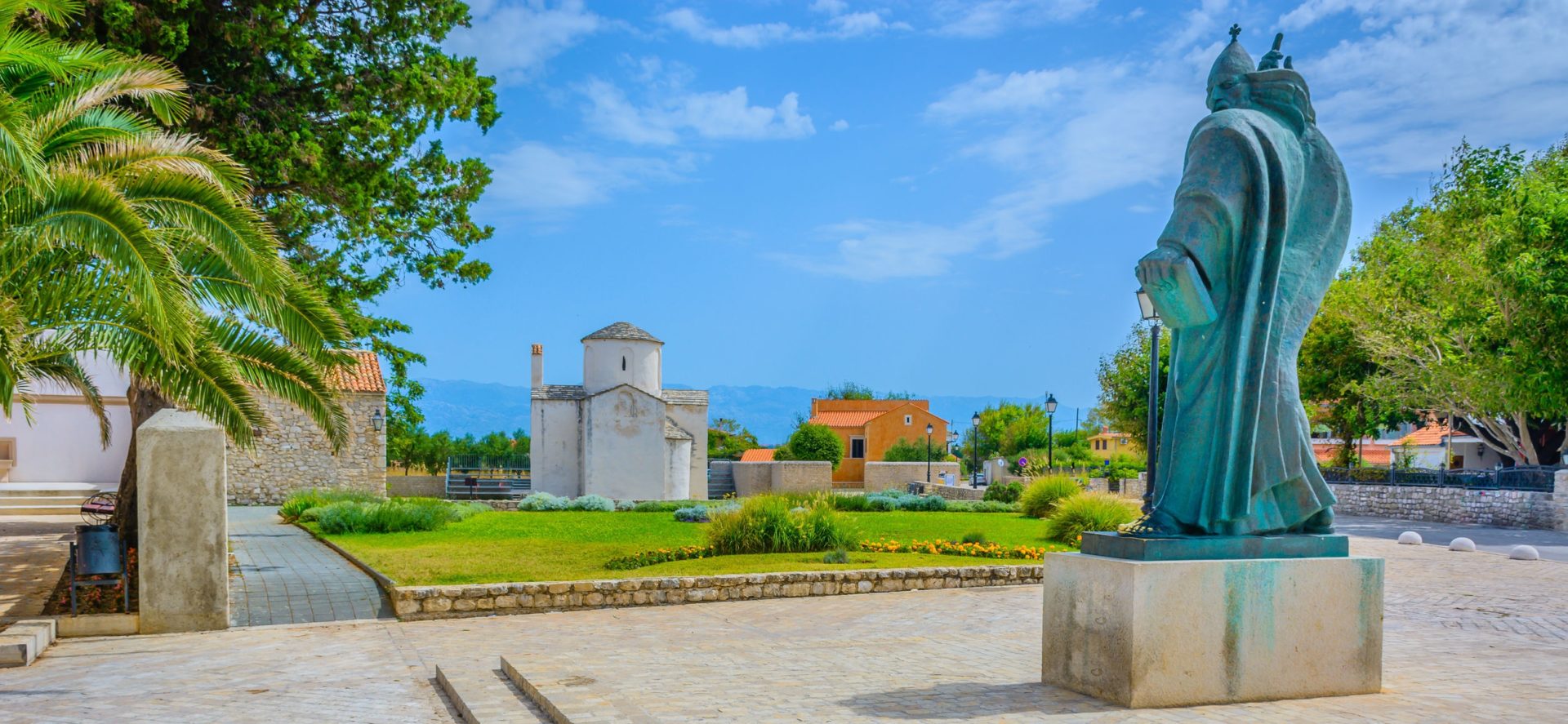Krka National Park is located in Šibenik-Knin County, and covers an area of 109 km² of the loveliest part of the Krka River and the lower course of the Čikola River. This area was proclaimed a national park due to the geomorphological, hydrological and landscape values, with tufa as the fundamental phenomenon. The plant and animal life of Krka National Park is both rich and diverse, with numerous endemic, rare and endangered species. Numerous cultural and historical monuments also lie within the Park boundaries, such as archaeological sites, medieval fortresses, ethnography, sacral heritage monuments, and industrial architecture monuments.
Skradinski buk waterfall, the longest tufa barrier in Europe, is the most famous and most visited waterfall on the Krka River. Its tufa barriers, islands and lakes form one of the most unusual and loveliest landscapes of Krka National Park.
Visovac Island is among the most important natural and cultural sites in the Republic of Croatia, and the site of a Franciscan monastery and church since 1445. This complex, together with the spectacular landscape of Visovac Lake, form a unique, ambiental whole.
Upstream along the Krka is Roški slap waterfall, a wide waterfall made up of the main waterfall and numerous backwaters, cascades (popularly called the Necklaces by the locals) and tufa islands. Nearby is the 8.5 km long educational walking trail Stinice – Roški slap – Oziđana pećina cave, one of Croatia’s most beautiful walking trails. Oziđana pećina cave is a site of exceptional archaeological, natural, cultural and historical value, and the cave contains an in situ archaeological collection.
Krka monastery stands in Carigradska draga, a calm expansion in the middle of the Krka River canyon. It was erected on the foundations of an earlier Eremite monastery, and is one of the most important spiritual centres of the Dalmatian eparchy seated in Šibenik.
Upstream of the Krka monastery are the ruins of the Roman military camp Burnum, a gem of ancient civilisation. They stand just above Manojlovac waterfall, the tallest waterfall on the Krka River.
The Krka Eco Campus in Puljane is a modern interpretation, education and volunteer centre. The campus is intended for children, students, volunteers, researchers and those visitors interested in getting more in-depth knowledge of the wealth of the natural, cultural and historical heritage of Krka NP.
The educational hiking trails and cycling routes throughout the Park provide visitors with a true experience of untouched nature and preserved cultural and historical monuments. Boat excursions along the Krka River have always been a special attraction for those who want to enjoy Krka River and its beauties from that perspective.


